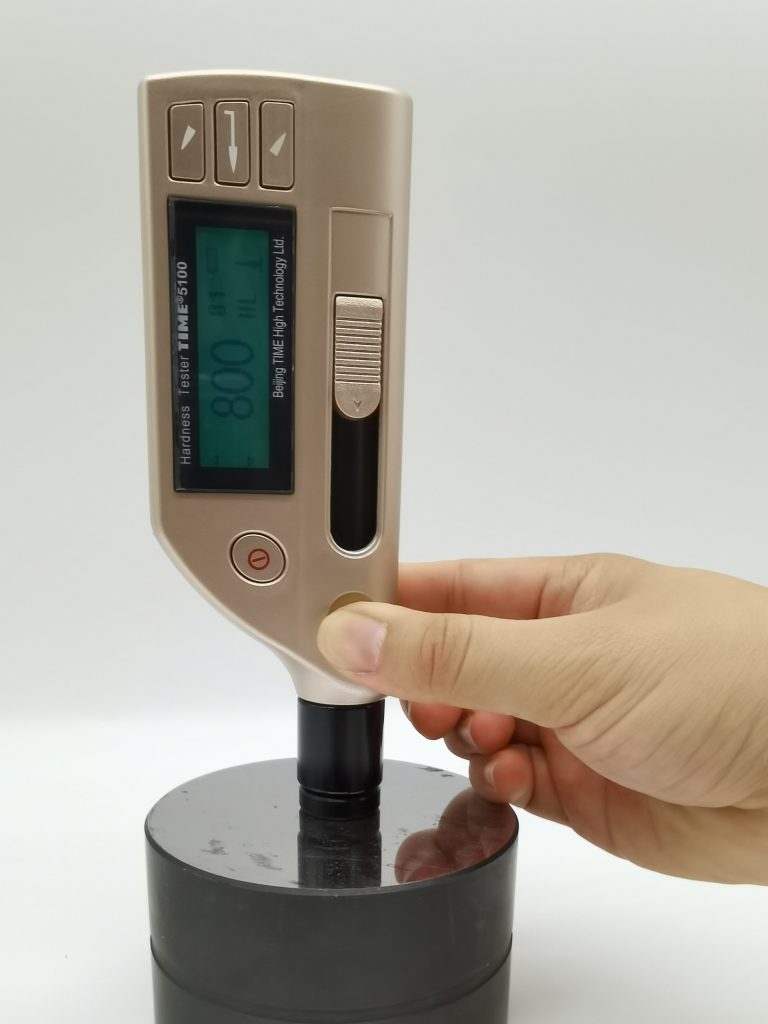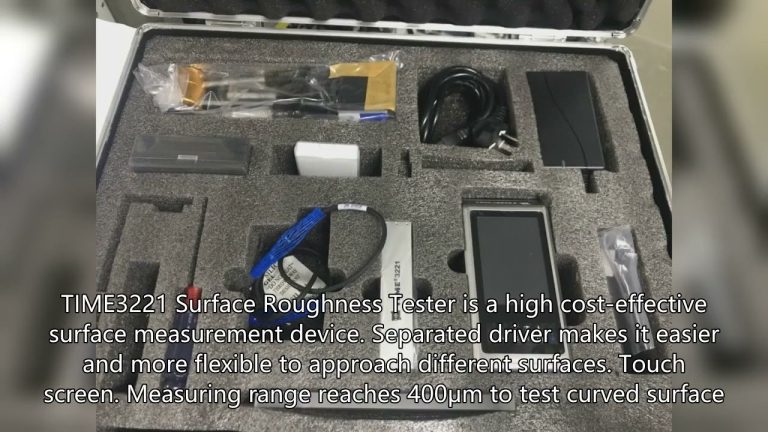Why use a hardness tester for hardness testing? Let’s talk about the role of hardness testing:

- The results of the hardness test can reflect the differences in chemical composition, organizational structure and processing technology of the material under certain conditions:
Check raw materials,
Supervise the correctness of heat treatment process,
Study solid state phase change processes,
Research new materials, new alloys, etc. - Hardness testing method is used for quality control during process management and production:
Conduct hardness testing on specimens without heat treatment to avoid mixing and incorrect materials.
Hardness testing supervises the processing process: avoid excessive cutting or grinding, which may cause annealing and change performance. - When studying metal welding structures, the hardness testing method determines the hardening tendency of the weld and determines the heat affected zone:
The surface Rockwell and Vickers hardness methods measure the surface heat treatment strengthening effect and hardness gradient, and the depth of the surface strengthening layer or permeable layer.
The microhardness testing method is a supplement to the metallographic analysis method and measures the hardness of phases in the microstructure. - The role of hardness testing in ensuring product quality and improving processes:
For example, if the hardness of a bearing is too high, it is prone to brittle cracking; if the hardness is too low, it is prone to wear and deformation; the right amount of hardness can extend the life of the bearing to a great extent.
During the processing process, 5% to 10% of the samples need to be tested for hardness, that is, intermediate testing, to check the correctness of the processing technology and ensure the processing quality. - Hardness testing has become an important means of inspecting product quality:
A large jetliner has thousands of parts that require hardness testing.
A car has hundreds of parts to measure the hardness of.
A watch with only more than a hundred parts also has more than 70 parts that need to be tested for hardness. - Hardness has a certain relationship with the chemical composition, heat treatment conditions and metallographic structure of the material.
Therefore, hardness testing is also an important means of physical and chemical analysis and metallographic research.







